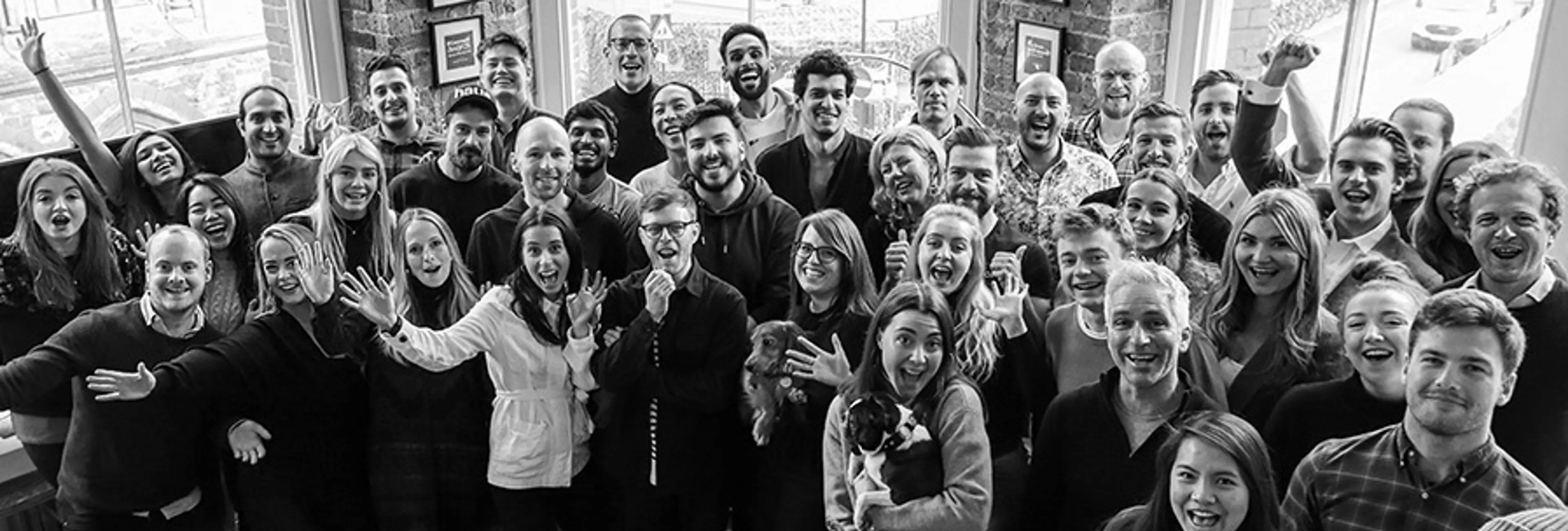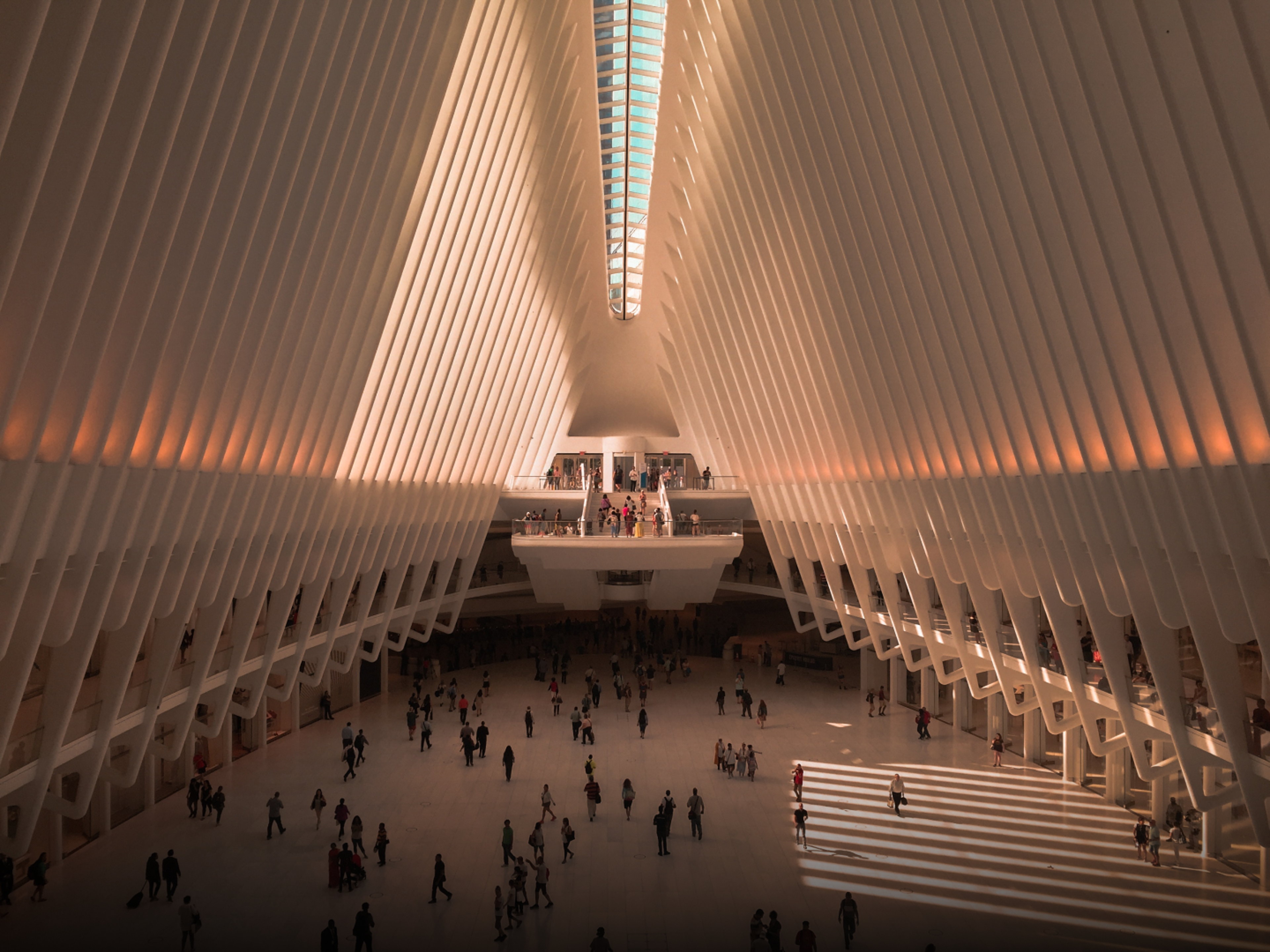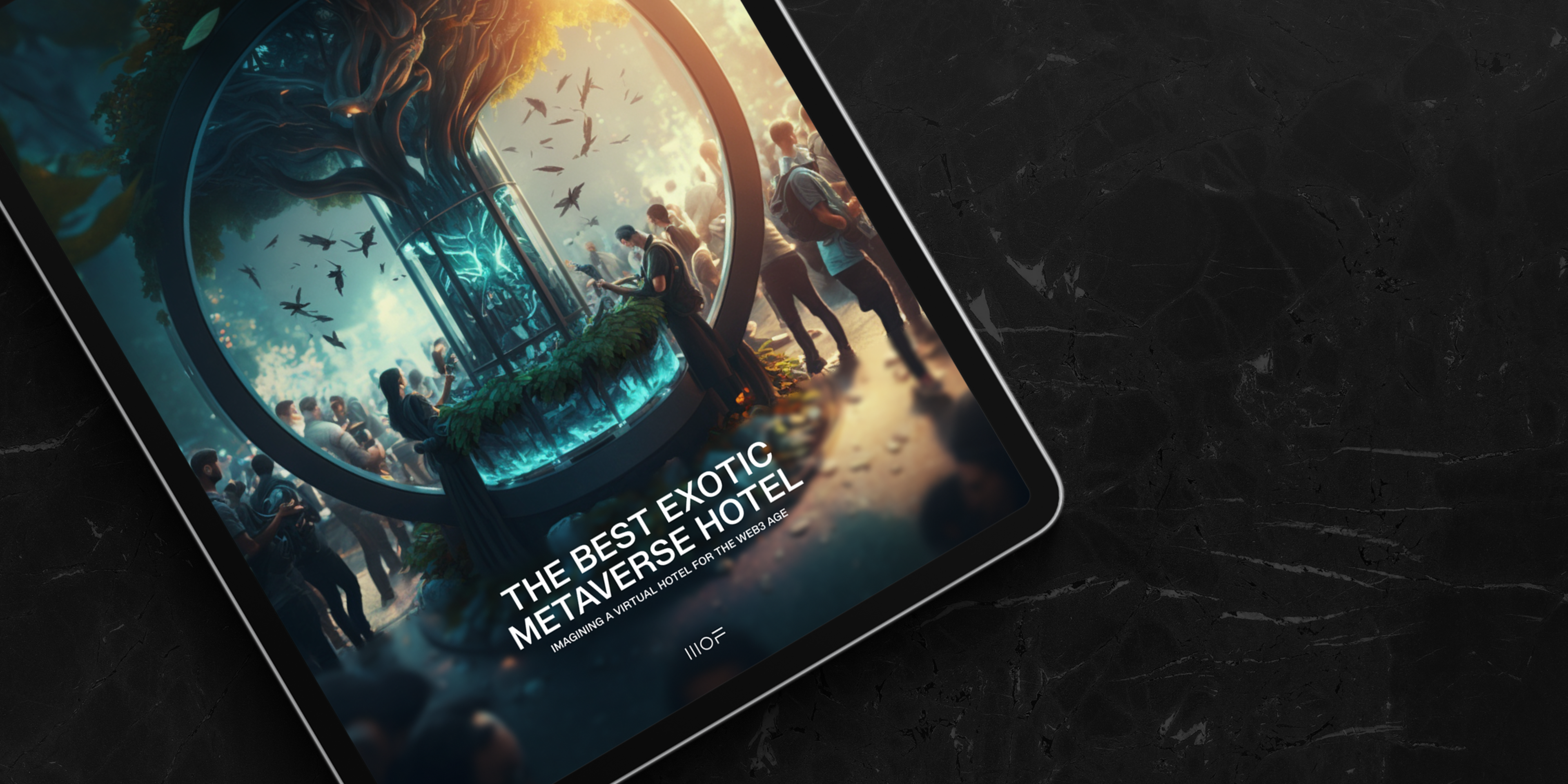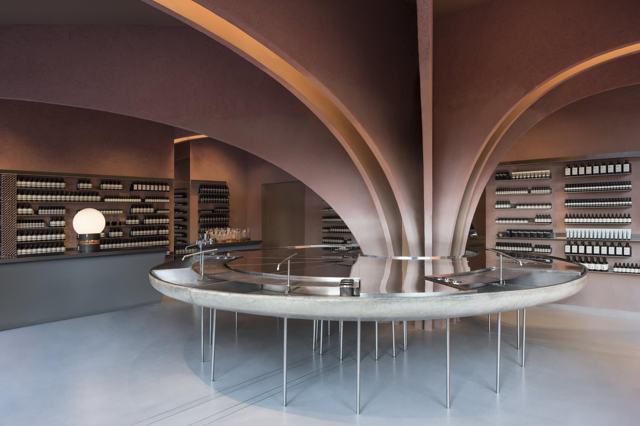
Brand & CX
1 Sept 2023
4 Min Read
Experiential Retail IRL: The New Order of Brick & Mortar
A critical touchpoint in the end-to-end luxury experience, brick-and-mortar stores boomed post-pandemic as shoppers worldwide hurried back to their retail therapy haunts. Now the spike is plateauing, brands are reimagining ‘the store’ down to the smallest details, fusing commercial with experiential to become leaders of real-life retail’s new order.
Brands are built in the mind. They’re the sum of all their parts — of every interaction people share with them, across physical, digital and now virtual. It’s why the experience economy — in its many forms and definitions — took industry by storm. Audiences, shrewd and discerning as ever, want to be captivated, engaged, shocked, stimulated, evoked.
As more and more individuals opt out of the world’s turmoil, they’re seeking meaning outside of the conventional, and want to experience it with the brands they align with. They want culturally-charged commerce, with moments of awe, pleasure and surprise that aren’t designed to sell.
Instead, they’re seeking interactive, shareable, in-real-life experiences designed to spark sensory, emotional and cognitive engagement. Savvy visual merchandising and store campaigns can generate phenomenal ROI across the board, from sales and PR to brand loyalty, new customer attraction and retention.
But in a world where the gloomy predictions for traditional brick-and-mortar stores are becoming a reality for many, is the IRL branded experience still relevant?
The straight answer is yes.
To parallel consumer cravings for in-person experiences, last year 81% of brands matched or exceeded their pre-pandemic experiential budgets according to data from experiential marketing platform AnyRoad. This year will see those numbers climb further, especially within luxury where clientele have a stronger sense of the parameters of an exceptional in-store experience than ever.
Business Of Fashion Insights recently published a report on retail’s changing landscape and highlighted three key sentiments among luxury shoppers:
- 67% of luxury shoppers agree that stores should feature more digital integration
- 61% of luxury shoppers agree that stores should meet higher environmental standards
- 49% of luxury shoppers agree that stores should be more than a place to buy luxury products
These drivers are reinvigorating store innovation across retail while a more competitive landscape is taking shape among luxury marques.
Brands are pouring big money into creating their own physical spaces, driven by a nostalgia for human-to-human connection over the convenient digital shopping experiences we take for granted and a post-pandemic zest for playfulness and sense-enhancing environments.
The reinvention of retail stores, now adapted to new customer expectations and innovations, combined with the widespread availability of digitally enhanced experiences, means now is the time for brands to make their mark with impactful, immersive and imaginative IRL activations. In 2023, we’re not just purchasing products – we’re engaging for the experience.
Digital's Connectivity Issues
The last decade has seen vast changes in the retail space, with both online and offline integrating to create an ever-evolving shopping experience.
Digital retail, while convenient, is a more challenging space to create meaningful connections in. And although many consumers, particularly Gen Z, are managing to find sentiment and community on social media, the stats don’t lie.
Consumer analytics firm Adoreboard surveyed 10,000 18-34 year olds and found that on an emotional level, 49% preferred to shop in physical stores, compared to 39% who preferred websites, and 11% who preferred apps.
Despite the convenience of digital, there’s still nothing like getting up close and personal when making purchase decisions, especially at a time when we’re shopping with our emotions and values instead of our credit cards.
An emotional connection incentivises customers to return and share their personal, positive experiences through word-of-mouth – a strong marketing ally. It’s no wonder then, that brands are looking for opportunities to create imaginative experiences that create both great memories for the consumer and ‘synergies that improve loyalty.’
Multiplicities of Purpose
Over the past couple of years, the fusion of a conventional retail environment and entertainment space has gained traction. Coined ‘retailtainment’, brands have powered commercial revenue by immersing consumers in the essence of their world, often with added wow factor. Now, shoppers are seeking spaces that go a step further; fusing retail, entertainment, creative studios, activism hubs, multimedia meccas and more.
Reimaginings of physical brand spaces as playgrounds, galleries and studios are on the rise. Last summer Tiffany & Co. celebrated 185 years of diamond-studded innovation with an exhibition at London’s Saatchi Gallery titled ‘Vision & Virtuosity’.
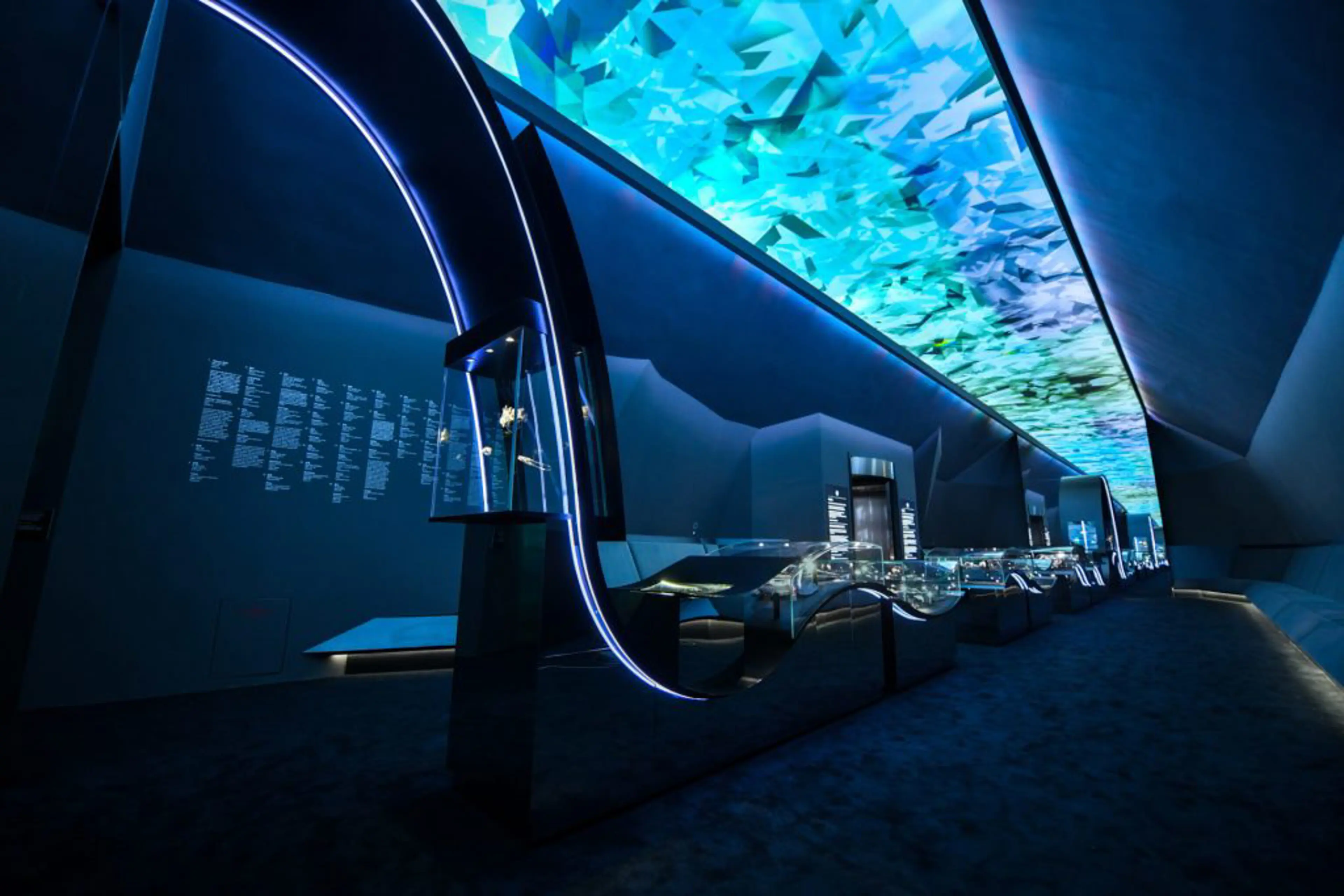
Visually chronicling seven chapters of creative innovation, the installation charted the big moments in the jeweller’s 185-year history through a 400-piece archive and striking, interactive exhibits. Far more than little blue boxes and entry-level silver jewellery, it was Tiffany’s on steroids.
Cool and considerably less sparkly, House of Vans, located in Waterloo, is a physical manifestation of the culture and community that defines the iconic footwear label. Home to an underground skatepark and simultaneous music venue, it’s ‘a place where imagination lets loose over concrete bowls, art installations, workshops & concert stages.’
Spaces → Places
Creating holistic spaces that combine community, culture and lifestyle while offering multi-sensory opportunities to play and shop are essential to increasing footfall in stores. Brands who want to compete need to be asking: ‘What’s literally in store for our customers?’ ‘Where’s the incentive, beyond basic human interaction?’
It’s certainly not a new idea. Loved by bohemians and hipsters alike, Urban Outfitters’ concept store, Space Ninety 8, has had Williamsburg’s heart since 2014. From showcasing local Brooklynite artists and designers to hosting happy hours, events and gigs, the venue acts as a primarily social space with room for guests to become customers if something catches their eye.
Space Ninety 8 is so popular that Urban Outfitters opened a second location a year after their initial launch in Austin, Texas – offering even more events, pop-ups and wellness classes than its New York counterpart and proving that alleviating any overt commercial aspect in these properties can’t be a bad idea.

British eyewear company Cubitts reimagined a former F. Cooke jellied eel shop in Broadway Market — a crucial element of East London's cultural and culinary heritage. Set in a Grade II-listed establishment, its typical 1930s exteriors and interiors, including its stained glass windows and tiled food counter, remain intact. The basement has been transformed into a nice waiting room and eye-testing area, and additions include an eyeglasses repair station, leaning into a growing desire for circular shopping models.
Longevity Studios & Pre-Loved Palaces
As asset culture continues to thrive, we want our products to work harder and last longer. To match luxurians’ more enlightened lifestyles and durability demands specifically, stores are morphing into studios, workshops and boutique factories.
Earlier this year Selfridges launched the Stock Market to transform the store into the trading floor for buying, selling, repairing and upcycling. Designed to help shoppers uncover the value of what they already own and add even more, the concept saw ‘stockbrokers’ introduce visitors to resident tailors, upcyclers, luxury bag repairers, valuers and resellers – many of which were in collaboration with other longevity brands including The Handbag Clinic, SOJO and Vintage Threads.
Across the Atlantic in NYC, Italian fashion label Golden Goose is appealing to discerning arbiters of taste with a third iteration of its ‘Forward Store’.
Centring around four pillars – Repair, Remake, Resell, Recycle – the dual-level store focuses on artisanal craft, offering various efforts under each pillar to extend product lifecycles. Under ‘Remake’, for example, patrons can customise new or pre-owned products by distressing, embroidering, and adding handwritten notes. ‘Resell’ acts as a dedicated space where owners can sell their well-loved items and ‘Repair’ manifests in tailoring and cobbler services with ‘labs’ to clean and refurbish shoes from any brand, not just Golden Goose.
Accurately described by InsideHook as a “revolutionary retail experience”, the Forward Store is exactly that: forward-thinking, combining its handmade, artisanal traditions with co-creation and sustainable practices. To make conscious purchases and ownership not only the easy option but the fashionable one too.
Pop Up or Shut Up
For brands who haven’t actively explored experiential retail, pop-ups are an appealing, temporary and cost-effective option – for experts and novices alike. Although they can be fairly rapid activations, they achieve the same sense of connection-building that is a defining benefit of the in-store experience.
Whether it’s a rented commercial space or a decked-out minivan, at their simplest, pop-ups act as meaningful, and potentially powerful, brand extensions – their temporary nature adding an element of exclusivity and limited-edition that is so attractive to modern consumers.
Springing up in malls, squares and streets across the globe, often fairly unexpectedly, these ephemeral, physical spaces create a sense of urgency, praying on consumers’ curiosity (nosiness) to compel passersby to interact.
The world’s favourite colour company, Pantone, opens a pop-up café during Monaco’s summers. Though it’s a minimal menu of delicate pastries and vibrant juices, every order is branded with a signature colour swatch.
Tapping into a totally different season, Louis Vuitton sets the standard for elite luxury experiences with a branded après in the Alps.
Taking inspiration from nomadic architecture, the French fashion house’s yurt pop-up features decor of the brand’s signature pattern and windows shaped like their famous print motifs, complete with a deck full of sheepskin throws, monogrammed blankets and, of course, a selection of their iconic totes.
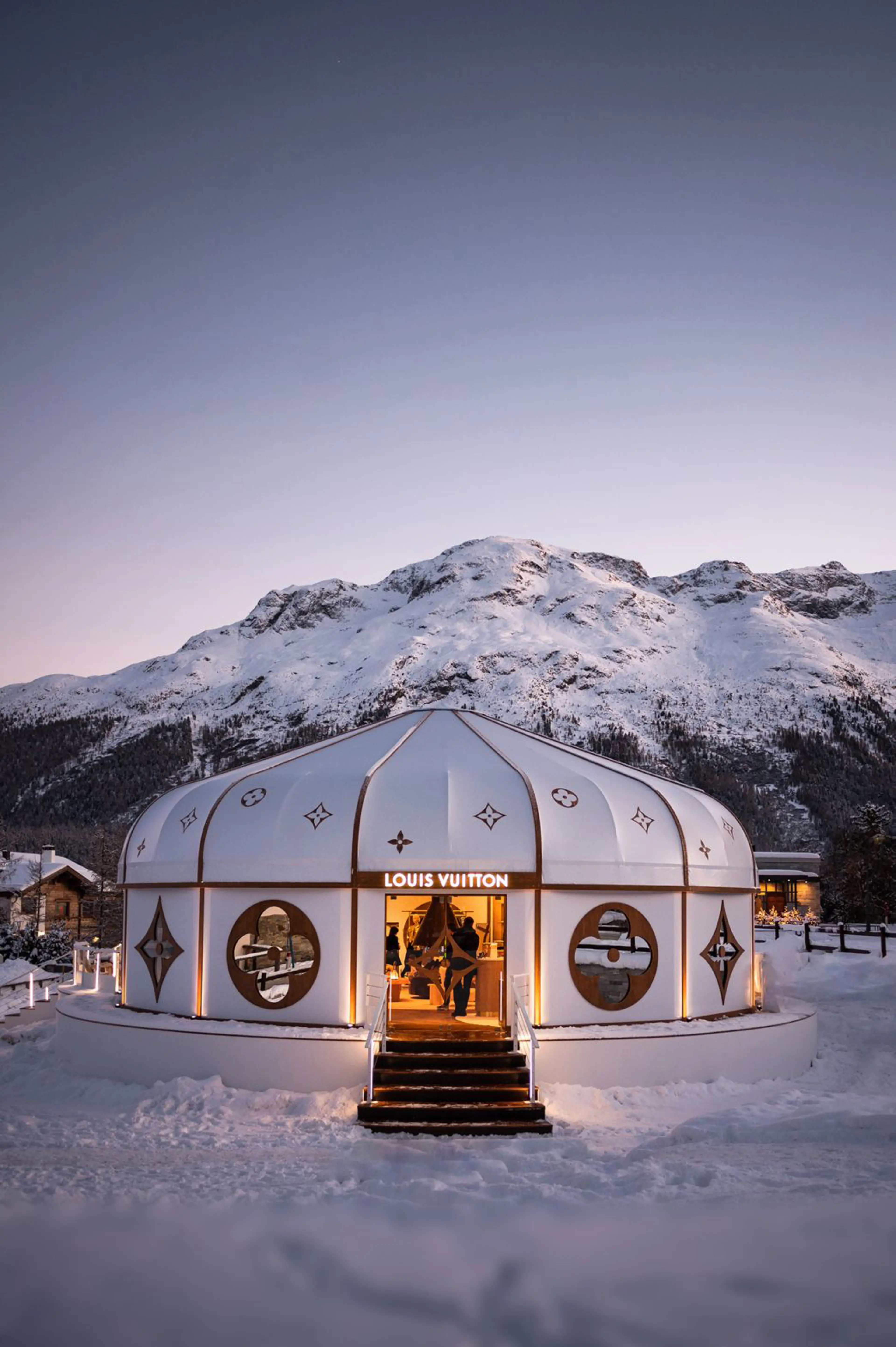
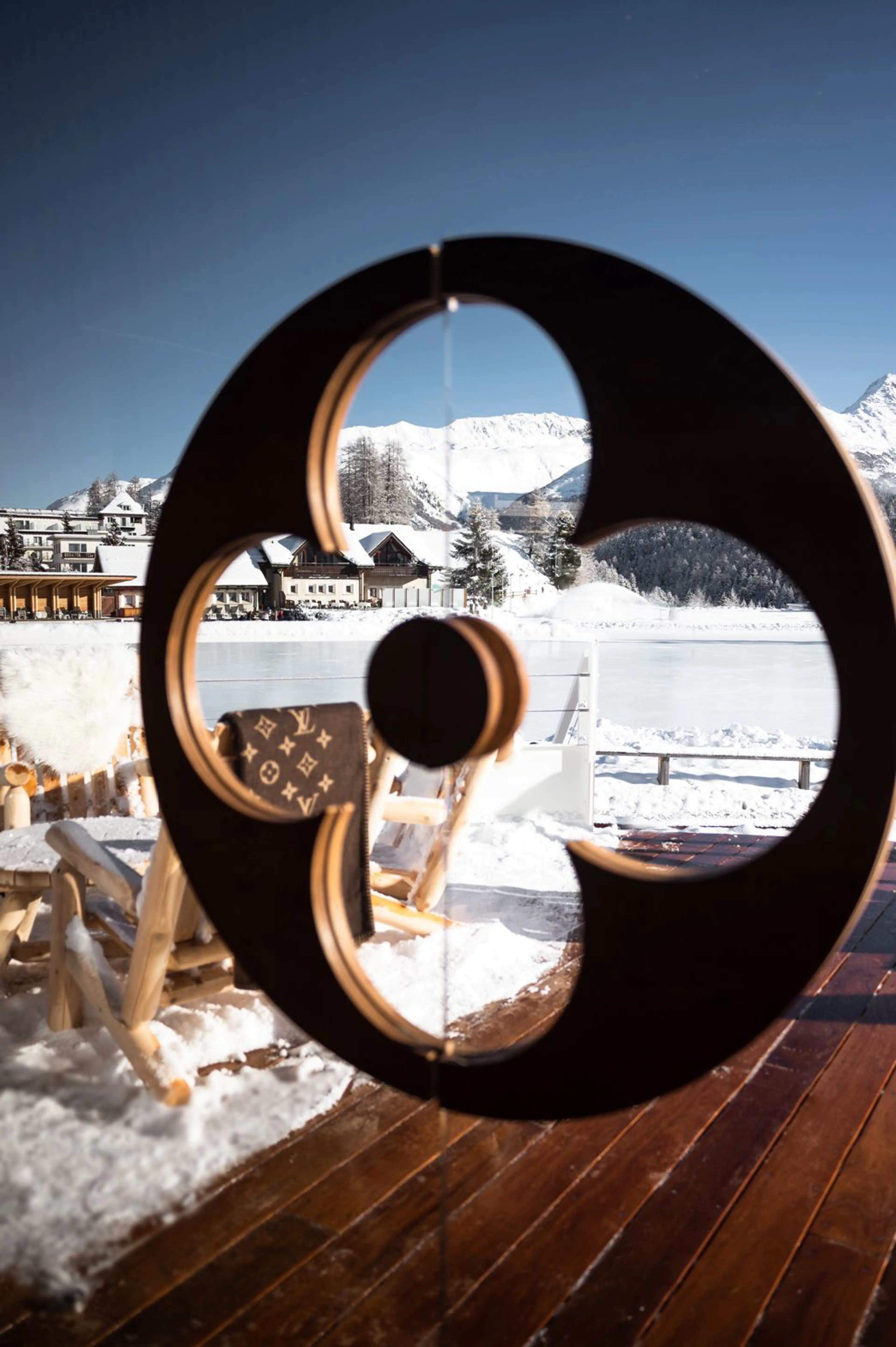



Fellow titans in the realm of immersive luxury experiences, Coach’s latest pop-up really took off with younger audiences.
Located in Malacca, Malaysia, Coach Airways sits within an actual plane in the Freeport A'Famosa Outlet, complete with a cockpit, galley, three stores and a branded café decked out in Coach's vibrant iconography. Their team also developed a bespoke sonic identity for the plane to weave each space together.
Highly Instagrammable, Coach Airways is both a brand-building exercise for the short- and medium-term while highly profitable thanks to the moments of commerce dotted throughout the journey.
Whatever the scale – local, global, a day, a week, a month – a pop-up’s primary purpose is hype generation. Capitalise on the FOMO, deliver a fun, unforgettable experience and your customer will do the rest.
Honing HyperRealities
Despite the focus on in-store reality, brands shouldn’t be afraid of virtual enhancements. Next-gen digital solutions are paving the way for ever more creative and imaginative campaigns, brought to life through the likes of AR and VR. It’s Web3 meets the hyperphysical.
Leveraging both physical and digital assets to create the ultimate immersive experience that captures consumers’ attention is the smartest way for brands to stay ahead of the fundamental changes in retail habits.
Designer Amina Muaddi opened a new boutique in London’s legendary department store Harrods that seamlessly blends the virtual and the real.

Surrounded by constantly changing digital screens of kaleidoscopic skyscapes (from dawn to dark) — designed to resemble entrances to a virtual world — is a salmon-pink sunken seating area, where customers may try on shoes and mingle. The space is made more surreal with matt floor-to-ceiling metal shelving for products that wraps the store in a lattice pattern.
By rejecting the traditional glamour typical of Harrods’ interiors, Muaddi has caught the eyes of those seeking escapism in the experiences they engage with.
According to a survey by L.E.K. Consulting, as many as 80% of consumers who consider themselves early tech adopters “are interested in using VR to enhance their shopping experience”.
One brand emphatically embracing a hybrid relationship between tech and the real-world retail is Italian luxury goods company Salvatore Ferragamo.
The brand’s concept store in NYC’s Soho caused quite the stir in luxury experience circles when it opened last year. 2600 square feet of immersive experiences, from customisation services to their main act: user-generated NFTs.
Partnering with digital artist Shxpir, 256 customers have the chance to co-create their own NFT artwork that can be minted free of charge. Within the store, those who are less crypto-curious or blockchain-savvy have unlimited access to experts who will guide them through creating an Ethereum wallet for their asset.
Alongside the mirrored NFT-building booth stands a six-foot-tall wall onto which customers can project a hologram of the 6R3ENE sneaker as they customise the design.
Ferragamo’s North America CEO Daniella Vitale asserts:
‘We’re in the entertainment business, we’re not just in the retail business. We need to give people a reason to cross that threshold – the confluence of technology and art and commerce and creativity.’
Creating places that satisfy all the senses as well as consumer interests can only elevate your market standing. From concept stores to pop-ups to invite-only getaways, IRL retail is a fundamental facet to the 360 brand experience. Cover your bases and it’s impossible to not score the home run.
***
More than ever, consumers are looking to belong.
They want to discover brands that speak to them and their values, and there’s no better place to do that than in person. Experiential marketing solutions offer a fantastic opportunity to combine the best of on- and offline retail into a seamless experience.
But, whether it’s amping up an existing destination, or creating an entirely new experience proposition, brands need to think imaginatively to compete in today's saturated experience market. Combine interactive displays, augmented and virtual reality, hands-on product testing and rich media content with online shopping and you’ll stay ahead of the game.
Question yourself. What is it that will make your activation unmissable, unique and shareable? Will it drive brand awareness through PR, UGC and advocacy in the long term?
Ensure the above, get inspired and make your IRL as innovative as your URL.
If you'd like to discuss how we partner with timeless luxury brands to provide brand strategy, digital experience design and innovation consultancy, please get in touch via [email protected] to arrange a time to speak with one of our consultants about our services.
Brand & CX


